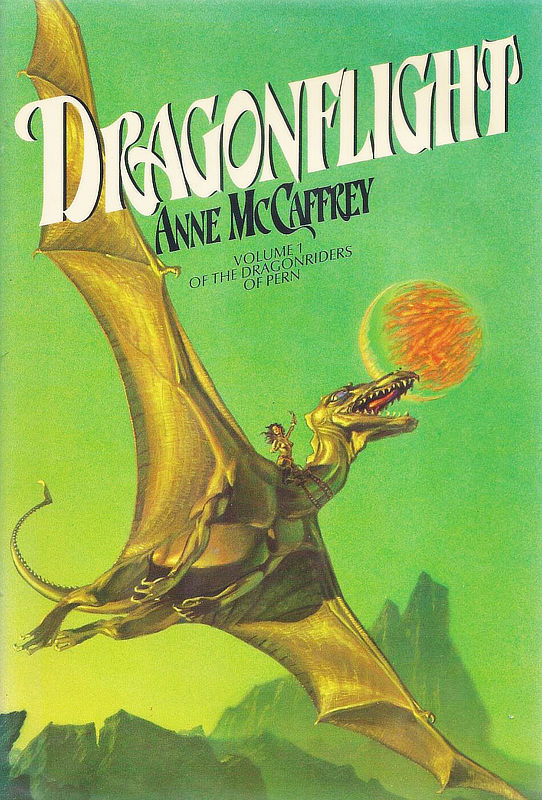EUROPEAN MOUNTAIN-DRAGON
Oft considered the quintessential western dragon, the European Mountain-Dragon is uncommonly seen in wild woodlands across Europe. The boreal climate and plentiful prey have produced a flying pack-hunter, weaving between trees and dancing across the forest-floor, finally descending it's razor-sharp claws and teeth upon unfortunate rabbits and fauns.
Despite it's temperate habitat, the mountain-dragon has a folkloric association with fire; no doubt thanks to it's colourful dewlap, which is sometimes described as flaming-orange. Fairy-tales and local myths describe these dragons as fire-spitting menaces to farmers and noblemen alike, with appetites for domestic animals. Such a reputation is not entirely unearned; even today, farmers take special precautions against mountain-dragons carrying off their livestock.
IDENTIFICATION
| Habitat: | Mountain ranges and forests throughout western and central Europe. |
|---|---|
| Size: | Specifics TBD. Comparable to the size of a smaller wolf or panther. |
| ID: | Lithe, lizard-like stance, short legs, S-shaped neck. Distinctive 'flame' dewlap underneath neck coloured reddish-orange. Thinnish jaws, lined with small, sharp teeth. Large wings, dark in colour. Ringed horns, glossy-black. Back-spines are similarly black, with rounded-triangle shape. Tail roughly the length of body ends in distinctive black 'fork', actually an extension of the back-spines. |
| Colour: | Rust-red, forest-green most common. Black subspecies known in Mediterranean range. |
| Habits: | Diurnal pack-hunter. Generally relaxed demeanour, as though it knows it's high place in human culture, or in the food chain. Flies low through forests and mountain-ranges searching for prey. Packs consist of family groups, or all-male 'bachelor' groups. When resting, mountain-dragons seek high points and flat stones to sun themselves on. |
| Diet: | Hunts various small-to-medium game such as rabbits, badgers, foxes, ducks, game-birds, deer, domestic chickens, sheep, goats, and pigs. Known as a nuisance to farmers. |
| Nesting: | Males flaunt their dewlaps and emit croaking calls in the spring to impress mates. Female lays two-to-three eggs in a dug-out nest lined with grasses, which hatch after four weeks. Eggs are gray-specked and roundish in shape. Young are raised by the mother, with assistance from the rest of the pack. |
Similar Species:
To be written once other European species is finalized.
NOTES
The main inspirations for the European Mountain-Dragon were various midcentury book and magazine-covers, for fantasy and sci-fi stories. Midcentury science-fiction influences just about everything I draw so this isn't a surprise.
These covers tend to depict dragons as particularly lizardlike, with lithe and light musculature. This is probably thanks to the use of lizards as photo-references right down to the poses.

Cover of Dragonflight by Anne McCaffrey, in her Dragonriders of Pern series.
This one was painted by Micheal Whelan.
In terms of real-life animals, mountain-dragons take inspiration from the social-structures of wolves, the anatomy of anoles, and the hunting-habits of harriers.
Their mythological inspirations are broad, from a variety of fairy-tales and myths throughout Europe, though I took particular note of Celtic stories about them since I own a really lovely book of those.